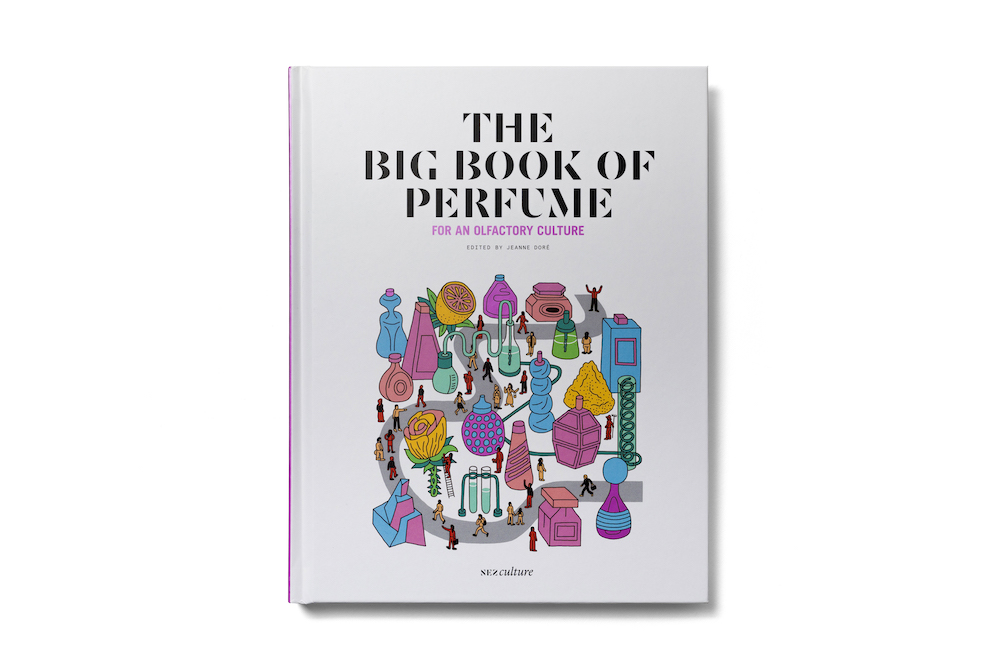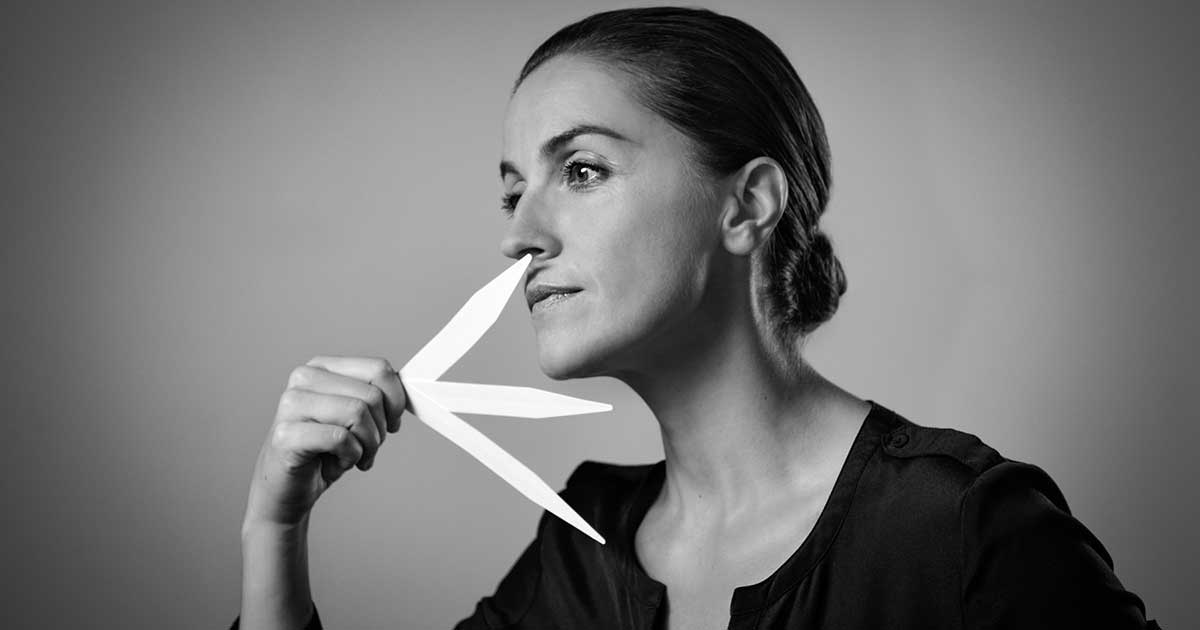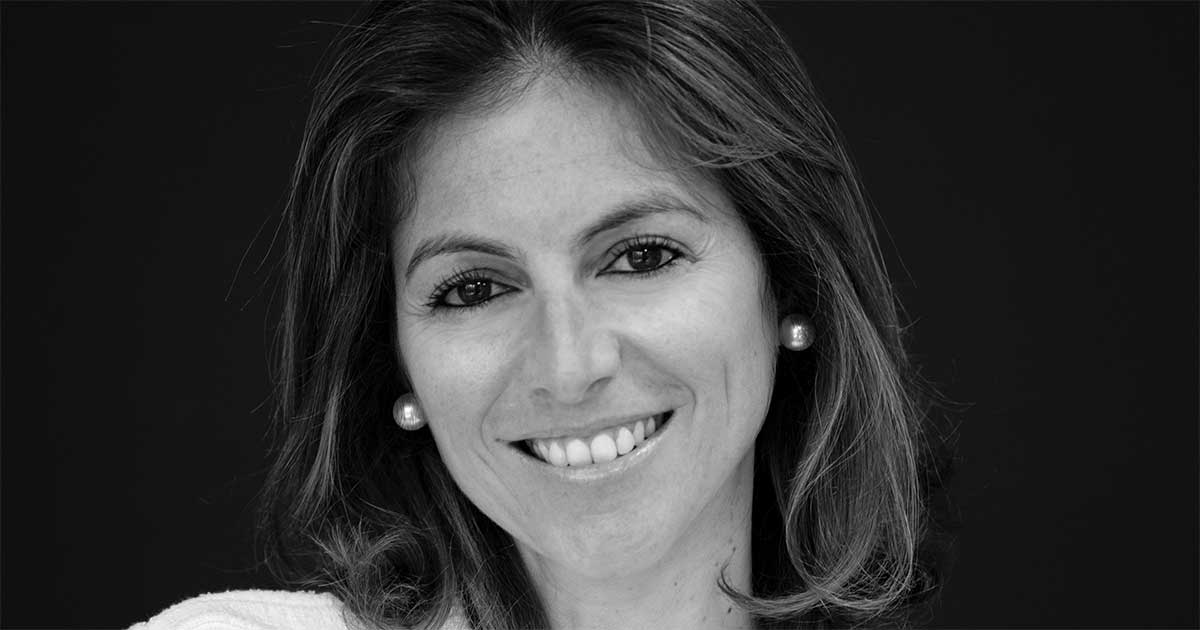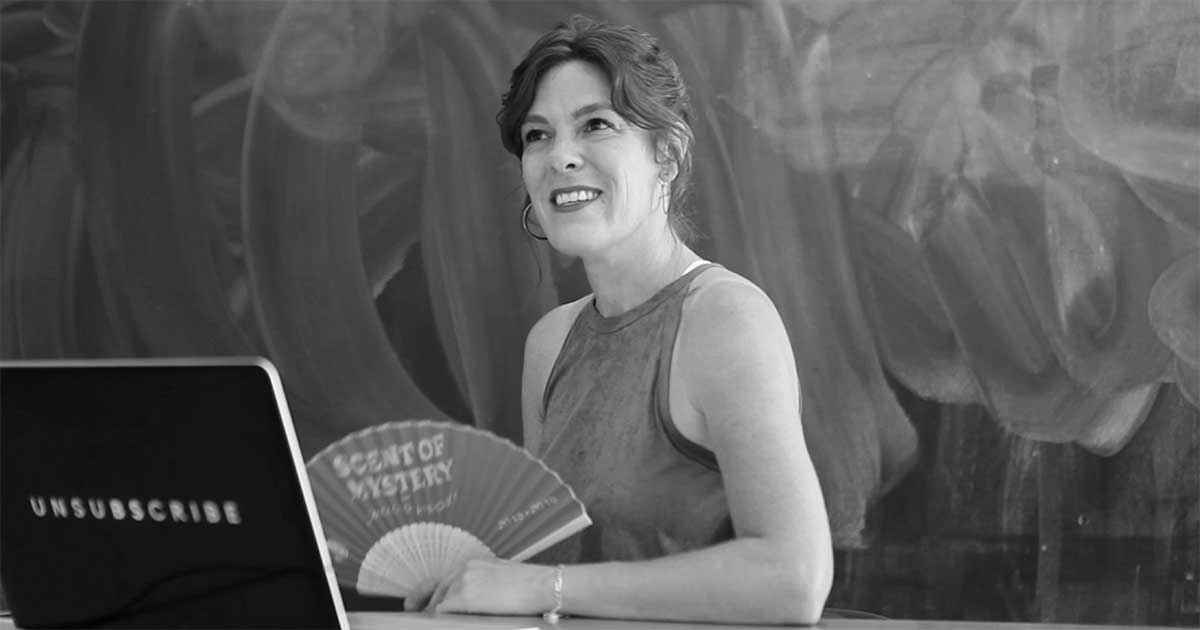Cette publication est également disponible en :
![]() Français
Français
How does a major company develop a new perfume? L’Oréal, which owns licenses for Yves Saint Laurent, Giorgio Armani, and Prada, among others, as well as the brands Lancôme and Atelier Cologne, has taken the innovative step of setting up an in-house olfactory department. What role does the unit play? And what makes it so unusual? What is the nature of the department’s relationship with composition houses? Karine Lebret Leroux, Fine Fragrance Creation & Development Director at L’Oréal Luxe, gives us the answers.
When was the L’Oréal olfactory unit created?
I set it up in 2001, something of a pivotal period: L’Oréal was continuing to buy new brands and significantly stepping up the pace of product launches. We needed to take a more professional approach to developing perfumes for brands, formulate a real olfactory vision, a distinctive style for each of them with different complementary ranges. So I decided to introduce evaluation at L’Oréal. Until then, development wasn’t really institutionalised: sometimes consultants were involved, other times the marketing team worked directly with the composition companies. We set up a new three-way organisation between the brand, perfumers from the various composition houses, and the olfactory department, which acts as creative director and intermediary between the two worlds.
What is the make-up of the team?
There are 14 of us, with scientific and olfactory backgrounds. When team members join the unit, they follow a specific programme to learn how to evaluate without involving emotions. The key questions when it comes to a perfume are: does it suit a particular target? Does it correspond to the olfactory education of a particular country?
How does the unit operate?
The catalyst is always an innovative raw material, whether it’s natural, a captive molecule, a fraction, or a flavour. The overall development process involves two stages: forward-looking olfactory research we use to build on promising ideas, and development in collaboration with our brands. The perfumers on our core list are briefed on the latest trends and shifts in consumer demand; for example, the focus on plants, new addictions, clean beauty, and the revival of flowers.
Each member of the department is responsible for a collection in a specific area. They analyse the competition and markets, and develop an olfactory strategy for their fragrance portfolio, providing the perfumer with guidance based on each brand’s olfactory style (for instance, the deep-rooted elegance and sobriety of Armani and the opulence and flamboyance of Saint Laurent). We constantly interact with the marketing teams, sharing this rich source of promising accords which we reserve from the composition houses with them. If one of the notes hasn’t been used after six years, it becomes available to the perfumer once again.
Can you tell us about the development of a specific fragrance?
Five years before the launch of Yves Saint Laurent’s Black Opium, we were thinking about the question of new addictions. We wanted to get away from the gourmand notes that had reigned supreme since Mugler’s Angel, and we came up with the idea of coffee. So we went to Nespresso in Lausanne, where we smelled a whole host of coffee varieties. We then spent several years working with perfumers from different companies on accords focussed on this idea. One of them, developed with Firmenich, was particularly noteworthy and sophisticated. When the teams at Yves Saint Laurent told us they wanted to launch a new Opium as a young, edgy luxury, we thought that this accord would be a perfect fit. So we worked with the brand to devise a coffee note exclusively for them, guiding the competing perfumers until the final choice. This unique methodology unlocks creativity and makes development less hurried and more free flowing for everyone. And more and more of our competitors are following our lead. But we’ll keep updating to deliver an ever-more creative and high-quality perfumery.

This interview is from : The Big Book of Perfume, Collective, Nez éditions, 2020, 40€/$45
- Available for France and international: Shop Nez
- Available for North America: www.nez-editions.us






Comments